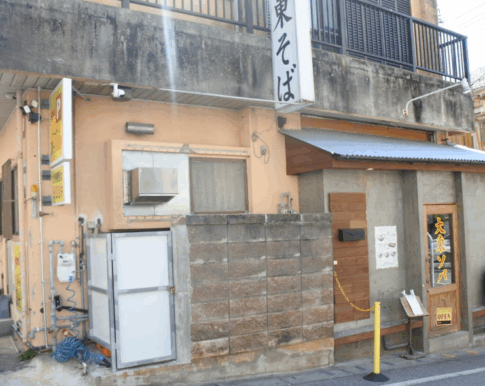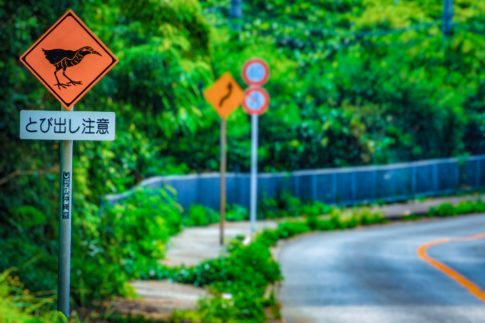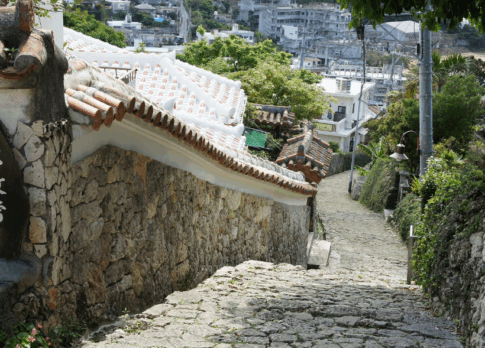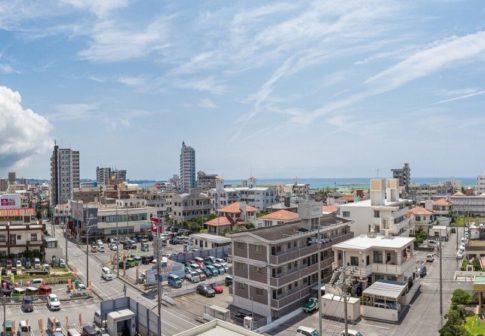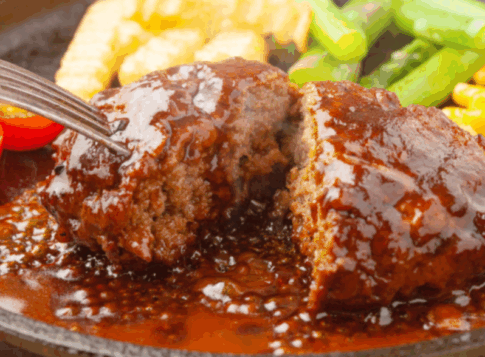A valuable experience at Banananesia, a dyeing and weaving studio in Nakijin Village
Okinawa is well-known for its glass painting and pottery making experiences, but many people do not know that there are also opportunities to experience “Bingata,” a dyeing technique unique to Okinawa.
In fact, there are quite a few places on the main island of Okinawa where you can experience Bingata. However, if you can, why don’t you experience it in the artistic northern part of Okinawa where there are many pottery studios?
Bananasia Bingata Workshop is located in Nakijin Village, about an hour and a half from Naha Airport and an 18-minute drive from Churaumi Aquarium. What kind of experience can we expect?
Point 1: “Basho” means banana.
Do you know what the fabric used to dye Bingata is made from? Actually, it is the fiber of banana leaves.
When you hear the word “basho”, the first thing that comes to mind is “Matsuo”, but in fact, it is actually a banana.
As a side note, banana is also written “xiangshao” in Chinese.
The name “Banananesia” is also derived from the fact that banana leaf fibers are used in the dyeing and weaving process, and from the desire to connect with other countries that use banana leaves for dyeing and weaving.
In this workshop, banana fibers grown from seeds are divided into 13 types and cooked in wood ash to remove the fibers, and the process of making yarn, weaving, and dyeing is done by hand.
Point 2: Attractive Bingata Experience
The most attractive point of this studio is that you can experience Bingata.
The price is 2,500 yen, and you can paint on a cotton handkerchief.
There is nothing in particular to bring, everything is prepared by the workshop, so it is very easy!
Isn’t it exciting to think that you can make your own original Bingata using a technique handed down from the Ryukyu Dynasty?
Please note that you need to make a reservation at least 2 days in advance for the Bingata experience.
Point 3: Weaving and paper-making experiences?
According to the website of “Dyeing Studio Bananasia,” weaving and paper-making workshops are in preparation and will be held shortly.
If visitors can experience weaving and paper-making in addition to painting, they will be able to experience the process of making Bingata in more detail. We are looking forward to seeing them as well.


